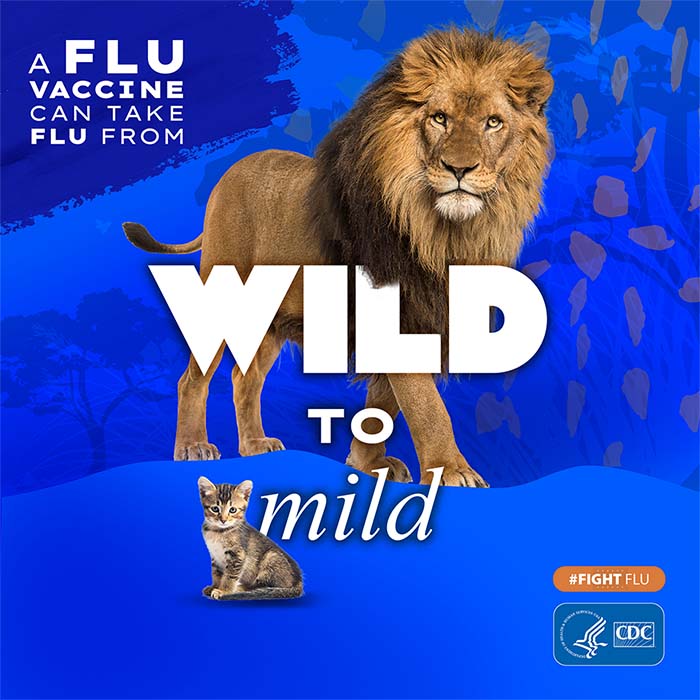Influenza A (H1N2) Reassortant Infection in the Netherlands
Background:
On Thursday, March 22, 2018, the Netherlands reported a human infection with an influenza A(H1N2) virus. The virus likely resulted from a reassortment event between circulating human seasonal influenza A(H1N1)pdm09 and influenza A(H3N2) viruses. The infected person experienced mild illness and has since recovered. No further spread of this virus has been detected. Surveillance in the area has been enhanced. The World Health Organization (WHO) first reported the case in its International Health Regulations (IHR) report.
Influenza Virus Reassortment:
Reassortment happens when two or more influenza viruses infect a single host and swap genetic material. While this can sometimes result in the emergence of new influenza viruses, genetic sequencing shows that the A(H1N2) virus in the Netherlands is a reassortant of human seasonal flu viruses containing the same hemagglutinin “H1” gene as circulating seasonal A(H1N1)pdm09 viruses and the same neuraminidase “N2” gene as circulating seasonal A(H3N2) viruses.
Human infections with reassortant A(H1N2) viruses have occurred rarely in the past, but these were reassortants with the A(H1N1) virus that circulating prior to emergence of the 2009 A(H1N1)pdm09 virus that triggered a pandemic. This is the first reassortant of seasonal 2009 A(H1N1)pdm09 and seasonal A(H3N2) viruses. Previous laboratory experiments with past A(H1N1) reassortants has suggested that these have limited capacity for transmission.
Risk Assessment:
This A(H1N2) reassortant virus is thought to pose a health risk similar to other seasonal influenza viruses. The virus has not been detected beyond this one person and current seasonal flu vaccines would likely offer protection against this virus. Additionally, this virus does not have markers associated with resistance to the neuraminidase inhibitor class of antiviral drugs, and thus should be susceptible to treatment with currently licensed and available flu antiviral medications, such as oseltamivir, zanamivir and peramivir.
